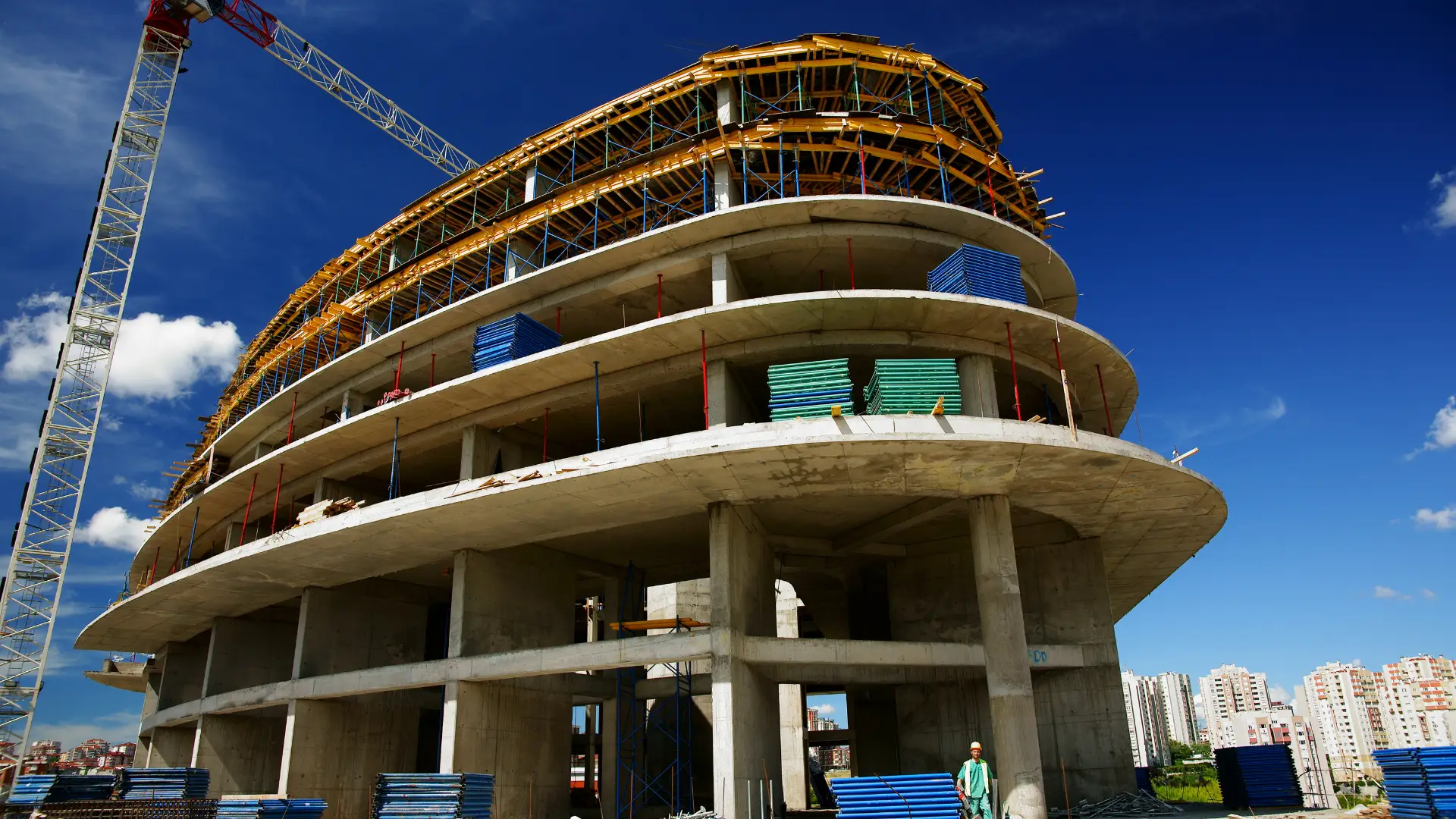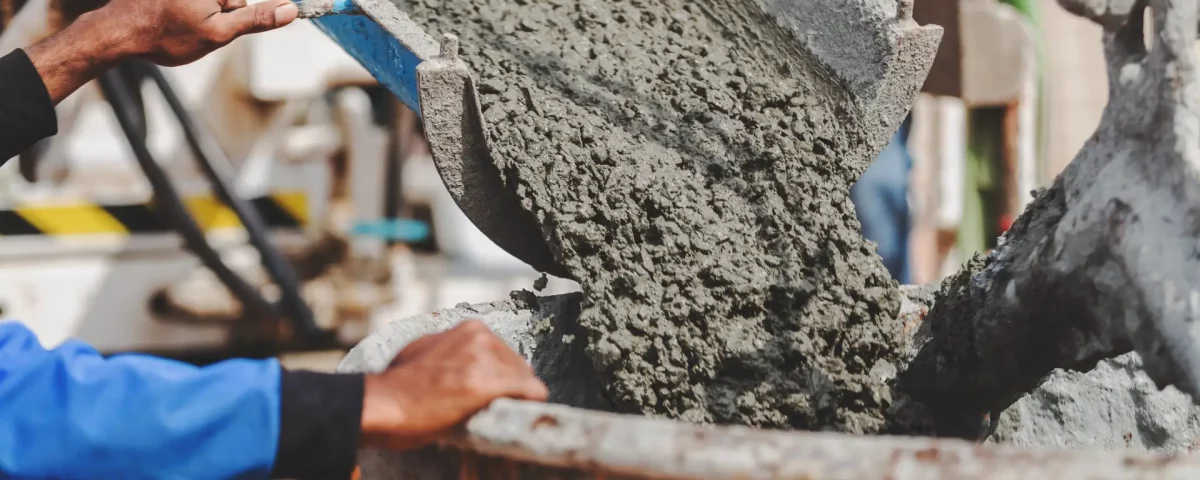
The Vital Role of Sustainable Concrete in Advancing Indian Infrastructure
Introduction
Concrete is the backbone of modern infrastructure, and in a rapidly developing country like India, its importance cannot be overstated. However, the conventional production and use of concrete come at a significant environmental cost. This has led to a growing awareness of the need for sustainable concrete solutions to ensure both the development of robust infrastructure and the preservation of our environment. In this blog, we will explore the importance of sustainable concrete in the development of Indian infrastructure.
1. Environmental Impact Reduction:
Traditional concrete production is a major contributor to greenhouse gas emissions due to the energy-intensive manufacturing process and the release of CO2 during cement production. Sustainable concrete, on the other hand, seeks to minimize these impacts by using alternative, low-carbon materials like fly ash, slag, or recycled aggregates. This reduces the carbon footprint associated with construction, helping India meet its climate goals.
2. Resource Conservation:
Sustainable concrete incorporates recycled materials, such as crushed concrete and recycled steel, reducing the demand for virgin resources. In a country where resource scarcity is a concern, sustainable concrete helps conserve these valuable materials.
3. Energy Efficiency:
Sustainable concrete can be designed to offer better insulation and thermal properties, enhancing the energy efficiency of buildings and infrastructure. This is especially crucial in India's diverse climate zones, where energy consumption for cooling and heating is significant.
4. Durability and Longevity:
Sustainable concrete is often engineered to be more durable, requiring fewer repairs and replacements over time. This not only reduces maintenance costs but also lessens the environmental impact of constant construction and demolition.
5. Mitigating Urban Heat Islands:
India's urban areas often suffer from the urban heat island effect, where cities become significantly warmer than their rural surroundings. Sustainable concrete can help mitigate this by reflecting more sunlight and absorbing less heat, resulting in cooler and more comfortable urban environments.
6. Waste Reduction:
Sustainable concrete reduces waste through practices like precise mixing and optimized construction methods. This minimizes the amount of concrete that goes unused or ends up in landfills.
7. Green Building Certification:
Sustainable concrete is a key component of green building certification systems like LEED (Leadership in Energy and Environmental Design) and GRIHA (Green Rating for Integrated Habitat Assessment), which are gaining popularity in India. These certifications incentivize and recognize sustainable construction practices.
8. Government Initiatives:
The Indian government is increasingly promoting sustainable construction through policies and incentives. For example, the Ministry of Housing and Urban Affairs has introduced programs like the Smart Cities Mission, which emphasizes sustainable infrastructure development.
Challenges:
While the importance of sustainable concrete in Indian infrastructure development is clear, it does come with certain challenges:
1. Awareness and Education:Many stakeholders in the construction industry may not be fully aware of sustainable concrete practices. Education and awareness campaigns are essential to promote its adoption.
2. Cost Concerns: Initial costs of sustainable concrete materials and technologies may be higher. However, the long-term benefits, such as reduced maintenance and operational costs, often outweigh these initial expenses.
Conclusion
Sustainable concrete is not just an environmental necessity but also a critical component of India's infrastructure development. It offers a way to build stronger, more efficient, and longer-lasting infrastructure while mitigating the environmental impact of construction activities. As India continues its rapid growth, embracing sustainable concrete practices will be crucial in creating a greener, more resilient, and sustainable future for the country. It is not just an option but a necessity for the holistic development of Indian infrastructure.



















